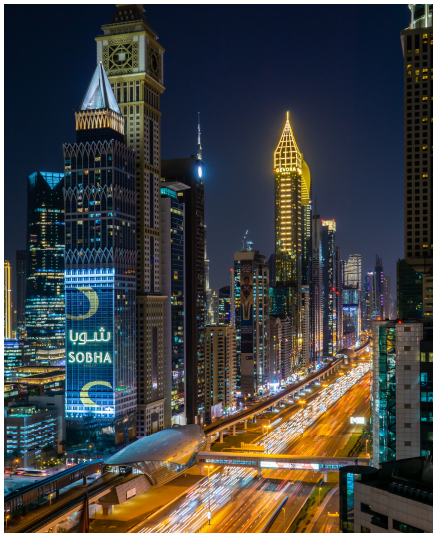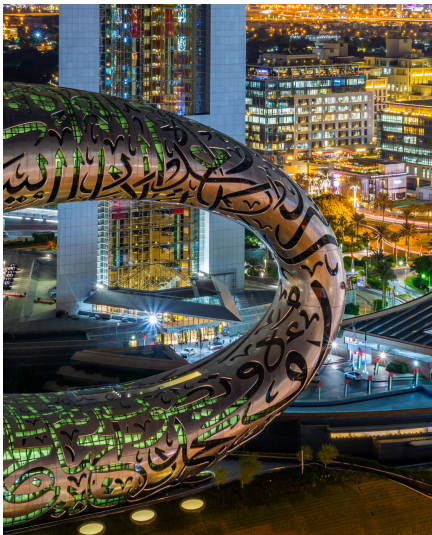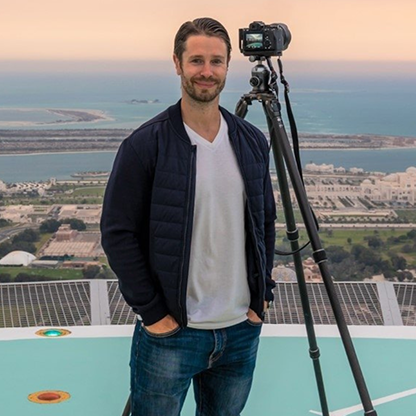
Stevie Kahn
I am a professional photographer based in Dubai in the U.A.E and am very active on my Instagram page (https://www.instagram.com/steviekahn/?hl=en/) where I have 36k followers to date. The majority of my followers are based in Dubai, Abu Dhabi ......
Review SIGMA 50MM F1.4
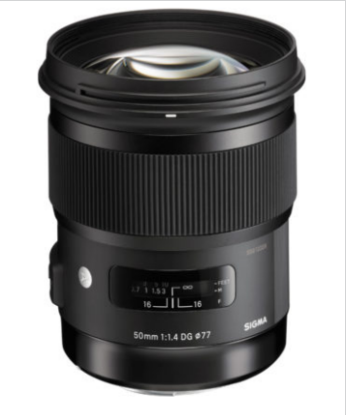
One of the lenses that I've been most excited to test
was the Sigma 50mm F1.4 DG HSM ART - and in fact
this was my first choice out of all the Sigma lenses on
display.
As a photographer who specialises in both cityscape
and landscape photography, this may surprise you, as
normally you would expect a wide angle such as the
20mm prime or the versatile 14-24mm to be the
preference. After all, 50mm is generally a lens that is
predominantly used by portrait photographers.
So why 50mm?
Having seen images first hand taken by a fellow
photographer friend, who specialises in
astrophotography, I knew the sharpness and detail
that you could get using the 50mm whilst shooting
the milky way, was quite literally....OUT OF THIS
WORLD!
So, heading out to the somewhat dark skies of Wadi
Showka in the UAE, I put this lens to the test on my
Canon 6D.
The Sigma ART lenses are well known for their fast apertures and incredible sharpness.
 One of the most important prerequisites for shooting the milky way, is having a lens that can
allow as much light as possible through to the sensor. You will need a fast lens with a larger
maximum aperture. Aperture is measured on a lens through F-numbers and ideally we want
a lens with a number below F2.8. This means that we can shoot without having to bump up
our ISO as much and therefore produce less noisy images. The Sigma 50mm ART lens has a
maximum aperture of F1.4 meaning it is very fast and perfect for shooting in dark conditions.
One of the most important prerequisites for shooting the milky way, is having a lens that can
allow as much light as possible through to the sensor. You will need a fast lens with a larger
maximum aperture. Aperture is measured on a lens through F-numbers and ideally we want
a lens with a number below F2.8. This means that we can shoot without having to bump up
our ISO as much and therefore produce less noisy images. The Sigma 50mm ART lens has a
maximum aperture of F1.4 meaning it is very fast and perfect for shooting in dark conditions.
Another consideration for shooting astro is being able to control 'chromatic aberration' and
'coma'. CA produces purple colour fringing around the stars and coma distorts their shape so
that they no longer look pinpoint but more like flying saucers! The 50mm ART lens does a
great job at controlling both, even when shooting "wide open" at F1.4. If you stop down to F2
the aberration, coma and vignetting improves dramatically and is fully eradicated at F2.8.
Auto-focus is silent but I did find it to be a touch inconsistent, it seemed more accurate on
my Canon 5DS than my 6D. However, as I focus manually for 90% of my landscape shots this
was not such an issue. The focus mode switch was very prominent plus, easy to find which is
great when shooting in the dark. The rubber manual focus ring was smooth and precise.
How about shooting Cityscapes?
The focal length of 50mm is great for
shooting cityscapes when you want to get a
tighter perspective, especially from up high
and there is very little distortion. It will
compress your image to add a sense of scale
and depth. Sometimes when shooting at
70mm, you will find your length to be slightly
too close to your subject so, 50mm is a happy
medium and the incredible sharpness from
edge to edge captured by this lens will allow
you to crop in if needed.
The lens produces great contrast and colours
showed good levels of vibrancy and
saturation. The lens performed excellently in
low light and I was very impressed with the
images I was able to capture of the Dubai
Marina and Sheikh Zayed Road at night. The
level of detail is exceptional.
As a Cityscape photographer we tend to use
mid range apertures such as F8 - F11 and it is
worth noting, as is the case with all Sigma
lenses, that the minimum aperture goes to
F16 rather than F22. Normally I would use F22
to capture slow moving light trails such as the
boats in Dubai Marina with my shutter open
for long periods of time such as 2-3 minutes
but at F16 the lens was still able to control the
highlights effectively. Sigma lenses have this
minimum aperture "limit" because there is
noticeable diffraction at smaller apertures
such as F22 which causes softness. Being a
fast lens, shooting at F1.4 produces excellent
bokeh if focusing on a nearby subject.


Overall Conclusion
"This is a superb lens and the optics are as
good as you would expect from the high
standards that Sigma Art lenses have set
recently. It is a perfect lens for shooting in low
light conditions and images are incredibly
sharp across the frame even when shooting
wide open. There were very low levels of
aberration, coma and vignetting. Distortion
was barely noticeable. For astrophotography,
I would recommend shooting between F2-2.8
and for cityscapes between F8-11.
The only negatives for me were that the lens
is very heavy and physically long for a 50mm.
But it did balance well on my Canon 6D
(which is a relatively large DSLR) and I was
shooting in pretty windy conditions. Despite
that wind, I was able to capture a 5 minute
exposure on a star tracker with no visible
shake. The weight though is definitely
something to consider if you plan to hike
plus, there is no evidence of weather sealing
either. As a result, I would highly
recommend this lens for shooting
astrophotography and cityscapes where long
treks are not involved."
Review SIGMA 35mm F1.4 DG DN Art Lens
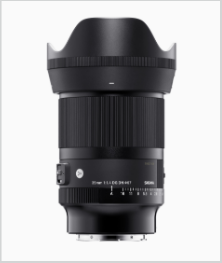
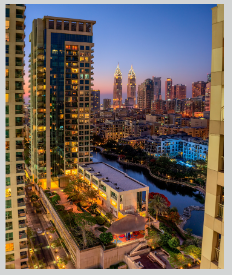
AN UPGRADED VERSION OF A CLASSIC!
When I first heard about an upgraded version of the35mm ART lens specifically for mirrorless mounts itwas hard not to get excited. I used the older copy ofthis lens extensively on my Canon 5DS DSLR beforeswitching over to mirrorless with a Sony A7Riii at theend of last year.
As a photographer who specialises in both cityscapeand landscape photography the 14-24mm Sigma ARTF2.8 accounts for the majority of my work along with atelephoto 70-200mm lens to capture the finer detailsand compress images to fit more into the frame.
The 35mm is however a great medium between thatwide angle and telephoto which I turn to often whenshooting high from rooftops around Dubai. We rarelyexperience cloudy skies in this city apart from a briefperiod over winter. As such this focal length allows meto shoot tight whilst also eliminating the negativespace of that boring sky. With an ultra wide angle, youwill always crop in to remove that negative space andsuffer from mild resolution loss as a result.
The 35mm is also a perfect lens for macro, product,street and most other genres too. It is a true allrounder and versatile for most of your needs.
The new and improved aesthetics of the buildquality
After unboxing this lens, there are some very noticeable improvements and upgradescompared to the previous version. As always there is the inclusion of a Sigma cushionedblack protective lens bag which is great to keep and transport your lens in.
The biggest addition to the lens itself is a manual aperture ring which has the option to twistsmoothly or with a click in between stops. At first, having been used to adjusting theaperture on my camera I thought this would benefit videographers more than stills shootersbut it quickly won me over and I enjoyed it's convenience.
Sigma ART lenses have always been built like tanks and this lens is no exception. Comparingit to the DSLR version there was actually no change in weight but it was slightly longer whichI understand is due to the incorporated mirrorless mount and of course new aperture ring.
The glass of the new lens is now flat and no longer protrudes like the older more bulbousversion and I find it far easier to clean. When shooting in the desert, grains of sand got stuckeverywhere and removing the particles wedged between the glass and plastic was always abit of a challenge. Now all it takes a quick wipe and you are good to go!
We also benefit from a new dust and splash-proof structure with a water and oil repellentfront coating. Clearly in Dubai, the dust proofing is more important than the splash but stillgreat to know when carrying this lens to more tropical climates or shooting seascapes.
The focus ring is typically smooth and I found the autofocus to be very fast. There have beencomplaints about a touch of focus breathing when the lens draws in whilst focusing toreduce the field of view but as a landscape photographer I am used to manually focusing sothis was not an issue for me personally.
Inside the lens are 11 diaphragm blades and as a result we get beautiful clean sun stars in thestreetlights when shooting at dusk/night between F11-F16. There was a touch of ghosting andflare but definitely an improvement from the older version due to the new lens coating.
The diameter is the standard 67mm which is perfect for most filter systems.
Finally and perhaps most importantly for landscape shooters, this lens is weather sealedwhich is a huge upgrade on the previous version which wasn't.
The Sigma ART lenses are well known for theirfast apertures and incredible sharpness.
Being a prime ART lens, that trademark Sigma sharpness we have grown accustomed to isprevalent from edge to edge. I tend to shoot apertures between F8-F16 as I need a largedepth of field in my cityscapes and from F8-F11 this lens is tack sharp across the frame with aslight softening when stopping down each time from F11-F16 due to diffraction. In all honestythey should start thinking about issuing warnings on the boxes about just how sharp these
Sigma always have a minimum aperture of F16 on their ART lenses and this does make itslightly difficult to underexpose for very bright car trails up close. For example, yesterday inthe image below I was only able to expose for about 4s at F16 to capture the light trailswithout blowing out the highlights beyond repair. If I could shoot at F22 it would allow for alonger exposure and as a result it did take me a few attempts to really capture that curve.
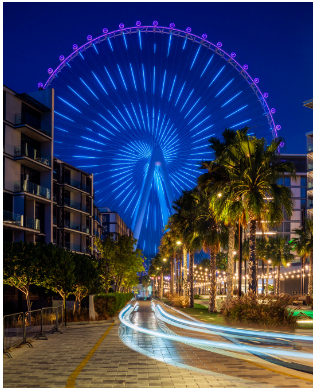
What about shooting at large apertures?
The maximum aperture of this lens is F1.4 which means it is a very fast lens. It is perfect forstreet photography, low light shooting, portraits, product and astrophotography. One of themost important prerequisites for shooting the milky way is having a lens that gathers asmuch light as possible to the sensor. Ideally we want a lens with a number below F2.8 so wecan shoot without having to bump up our ISO which produces less noisy images.
The Sigma ART lenses have always been my favourite lenses to use for astrophotographywith their ability to gather light quickly whilst controlling 'chromatic aberration' and 'coma'.The former produces purple colour fringing around the stars and coma distorts their shapeso that they no longer look pinpoint but more like flying saucers!
The 35mm ART DG DN lens does a great job at controlling both. It is good when shooting"wide open" at F1.4 but if you stop down to F2 any aberration, coma and vignetting improvesdramatically and is fully eradicated at F2.8.
Testing the lens on the streets at night also showed similar results. Stopping down to F2.8produced sharper, more contrasty images across the frame with less vignetting in thecorners. Below, the text on the traffic lights in the left image taken at F1.4 is noticeably softer:
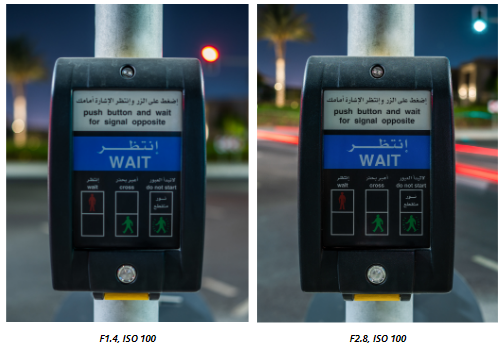
How about distortion and bokeh?
What better place to test out if there is any distortion in a lens than underneath a bridge?!
Al Garhoud Bridge in Dubai is a popular spot for photographers and making sure my camerawas leveled evenly on my tripod, I took the below image multiple times from F2.8 to F16.There were minimal levels of distortion which was pretty easy to correct post production.
There is a touch of perspective warping but It is worth pointing out that there is no lenscorrection on Adobe yet for this new DG DN version. I am sure the perspective could beimproved upon further once it has been updated.
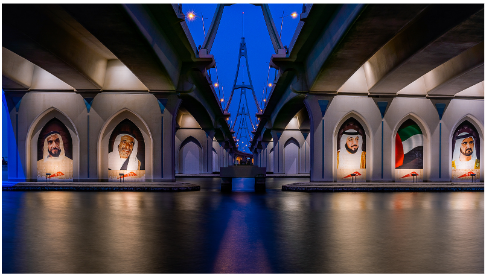
The bokeh was very well rounded and created a very pleasing shallow depth of field. Thetexture was excellent from F1.4 - F2.8 with the bokeh balls best at F2 in my opinion:
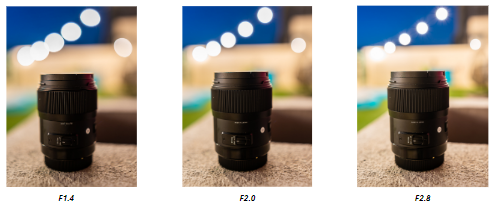
FINAL THOUGHTS
The Sigma 35mm ART DG DN lens is a superbaddition with visually stunning optics andsome very welcome upgrades especially inthe form of weather sealing, the new lenscoating and an aperture ring. It is a versatilelens which can be used across all styles of photography.
It is perfect for shooting in low light andimages are incredibly sharp across the frameespecially at F2.8 for portraits and F8-F11 forcityscapes.There were very low levels ofaberration, coma and vignetting at theseapertures. Sun stars in streetlights had atouch of ghosting and flare but still animprovement from the older 35mm version.Stopping down to F16 gets pinpoint sunstarsbut you suffer from a slight loss of sharpness.Distortion was barely noticeable whenshooting in landscape but a bit of barreldistortion creeps in when shootingarchitecture in portrait mode.
Sigma have a reputation for listening tofeedback from their users and actingaccordingly. Not only are you getting top ofthe range ART lenses that compete and insome cases outperform their rivals but youwill always get them at a fraction of the pricetoo - Let's hope Sigma doesn't listen toocarefully when I say that!!
This lens currently retails at $849 and you canpurchase your copy at MK trading in Dubaiusing my 10% discount code (STEVIE10).


Review SIGMA 18-50MM F2.8 DC DN CONTEMPORARY LENS
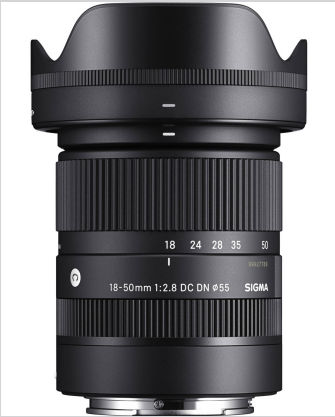
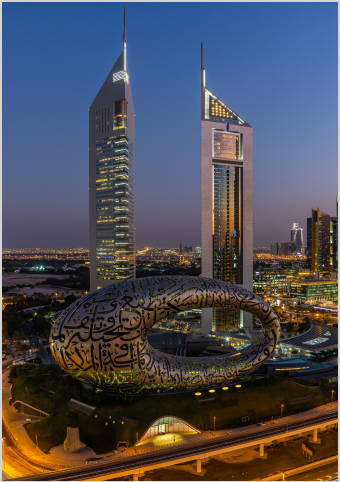
LIGHTWEIGHT BUT PACKING AN ALMIGHTY PUNCH!
It has been a while since I last shot with a crop sensor
and decided to test out the new Sigma 18-50mm
Contemporary lens on a Sony A6000.
Although this lens does fit my full frame A7riii,
I wanted to see what sort of images I could get with
this extremely lightweight combination. The A6000
with Sigma 18-50mm lens weighed in at just 634g
which is actually lighter than my A7riii without a lens!
This coupled with the fact that most "beginner" crop
sensor cameras usually come with an 18-55mm kit lens
suggested to me that the Sigma 18-50mm would be a
perfect upgrade.
The focal range is extremely versatile and allows you
to shoot wide or tight to get different perspectives of
your subject without having to change lenses. For a
photographer who likes to travel light, it is a perfect
combination. Add in the fact that it is also a fast lens
with a maximum aperture of F2.8, and you can use it
for portraits, street, cityscape, landscape, travel,
weddings, hiking, vlogging and even
astrophotography.
SIMPLE BUT STURDY DESIGN
As soon as you hold this lens, you are amazed at the compact design. It measures 75mm long
and even when zoomed to it's maximum focal length only another 25mm is added.
There are no additional buttons on the lens such as for autofocus or image stabilisation.
Simple but effective was clearly on the agenda here!
The focus ring is typically smooth and uses an internal focusing system which I found to be
quick and painless.
Inside the lens are 7 diaphragm blades and it has Sigma's multi-layer coating on the outside
to reduce any flare (scattered light when shooting something bright like the sun).
The diameter is 55mm for lens filters.
It is partially weather-sealed with a rubber gasket that prevents water splashes and dust
from getting in.
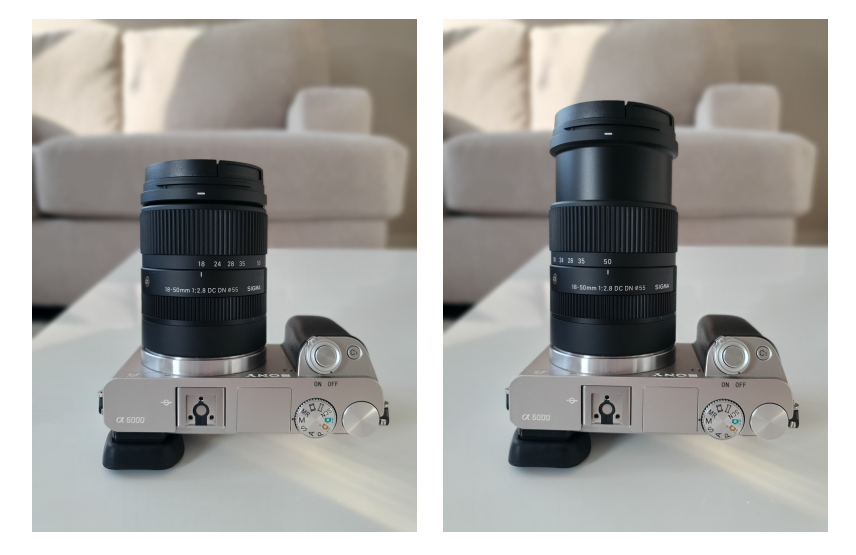
Image Quality
I went out rooftopping in Dubai to test the image quality and was extremely impressed with how sharp this compact lens was. Shooting between F8-F11, you can see from my images below that the details, contrast and edge to edge sharpness were top class. There was also little evidence of vignetting and my edits below were very quick on Lightroom:

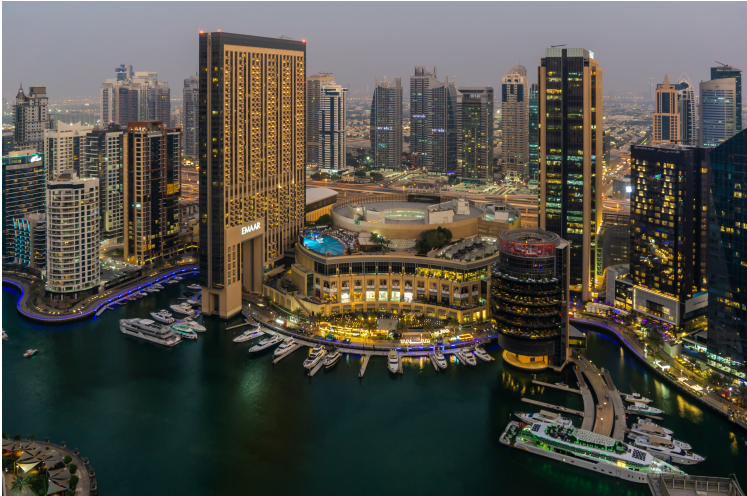
How about distortion and bokeh?
Barrel Distortion was slightly noticeable on the edges when shooting at 18mm but relatively easy to correct in Lightroom. Adjusting the focal length to the longer end of the range eliminated this and you can see below in this image taken of DIFC at 50mm that the buildings are all pretty straight and vertical:

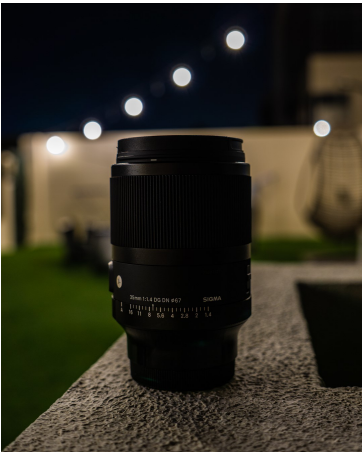
FINAL THOUGHTS
The Sigma 18-50mm DC DN Contemporary
lens is the perfect upgrade for someone who
has just bought their first camera but wants
to replace their kit lens. It is excellent value
for money with very good optics, trademark
Sigma sharpness and can be used across all
styles of photography.
It is perfect for shooting in low light with it's
fast F2.8 aperture and at F8-F11 for cityscapes
the images were sharp, contrasty and vibrant.
Distortion was slightly noticeable when
shooting at 18mm but easy to correct in
Lightroom or Photoshop.
The weight and size of the lens means that
this coupled with a crop sensor camera such
as the Sony A6000 is a big selling point.
You can carry this combo around all day long
with a total weight of just 634g and it is
perfect for those travelling or hiking that
want to take great shots but not carry around
2kg of gear!
This lens currently retails at DH1875 and you
can purchase your copy at MK trading in
Dubai using my 10% discount code
(STEVIE10)
